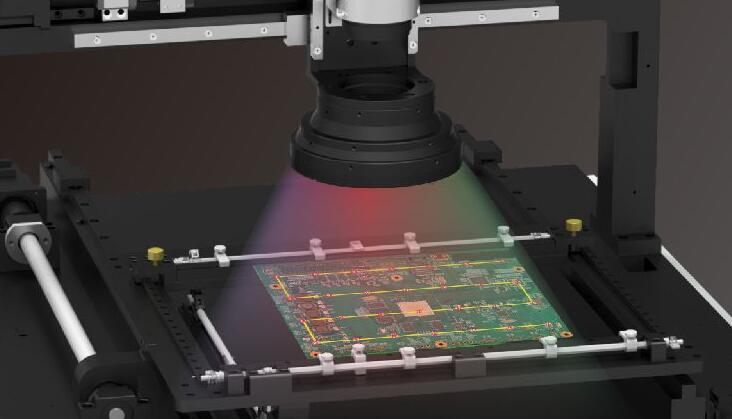SMT Process Specification for PCBA Production of IPCB.
Process requirements for mounting components:
1. The type, model number, nominal value and polarity of the components in each assembly position should be marked to meet the requirements of the assembly drawing and detailed table of the product.
2. The mounted components should be intact.
3. When the solder end or pin of the mounted component is not less than 1/2 thick, the solder paste will be penetrated. For the length of solder paste extrusion when the general component is patched. It should be less than 0.2mm and less than 0.1M for narrow gap components patch.
4. The terminal or pin of the component is aligned and centered with the pattern of the pad. Due to the self-positioning effect of the PCB circuit board during flow welding, there may be some deviation in the mounting position of the component. The allowable deviation range is as follows
Rectangular element: Under the correct design of PCB plate bonding pad, the width of component is more than 3/4 of the width direction of the welded end on the bonded pad, after the length direction component's welded end overlaps with the bonded pad, the bonded pad protrusion is greater than 1/3 of the welded end height: When there is a rotation bias, more than 3/4 of the component's welded end width must be on the bonded pad. When mounting, special attention should be paid to the contact between the solder end of the component and the solder paste.
Small shape transistor SOT. Allow x, Y, T rotation angles. There is a deviation, but the pins must all be on the PCB circuit board pads.
Small-form integrated circuit SOTC. Allow x, Y, T rotation angles. There is mounting bias, but it is necessary to ensure that 3/4 of the pin width of the component is on the PCB circuit board bonding pad.
Quadrilateral Flat Packaging Components and Ultra-Small Packaging Components QFP. To ensure that the pin width of 34 is on the PCB circuit board bonding pad, X, Y, T are allowed to have a smaller mounting deviation.
Component correct
Require that the type, model, nominal value and polarity of the components in each assembly location should conform to the requirements of the assembly drawing and detailed table of the product and not be misplaced.

Location Accuracy
1. The end or pin of the component should be aligned and centered as far as possible with the pattern of the bonding pad, and the welding of the component should be in contact with the solder paste.
2. Component patch position must meet the process requirements.
The effect of self-positioning of two chip components is greater. When mounting, more than 12-3/4 of the component width is overlapped on the PCB circuit board bonding pad. As long as both ends are overlapped on the corresponding PCB circuit board bonding pad and touch the paste pattern, they can self-locate during flow bonding, but if one of the ends is not overlapped on the PCB circuit board bonding pad or does not touch the paste pattern, The condition of displacement or suspension bridge will occur during reflow welding.
For SOP, SOJ, OFP, PLCC and other devices have less self-positioning effect, and the mounting offset cannot be corrected by reflow soldering. If the mounting position exceeds the allowable deviation range, the SMT operator must dial it manually before entering the reflow furnace. Otherwise, repairing is necessary after reflow welding, which will result in excessive waste of work hours and materials in PCB factory, and even affect the reliability of product quality. The mounting coordinates should be corrected in time when it is found that the mounting position exceeds the allowable range during PCBA processing.
Manual mounting or manual dialing requires precise mounting position, pin alignment with the pad, centering, be sure to pay attention to if the placement is not accurate, drag on the paste to find the right side, one side of the paste graphics is glued, causing bridging.
Pressure patch height. Appropriate patch pressure Z-axis height. Be appropriate.
The pressure of the patch is too low, the solder end or pin of the component is on the surface of the paste, the paste cannot stick to the component, and the position is moved intentionally during transfer and reflow soldering. In addition, if the Z-axis is too high, the component is dropped from the height when patching, which will cause the patch position offset.
Overpressure of the patch and excessive paste extrusion are easy to cause paste adhesion. Bridging is easy to occur during reflow welding. At the same time, the position of the patch will be offset due to sliding, and components will be damaged in serious cases.